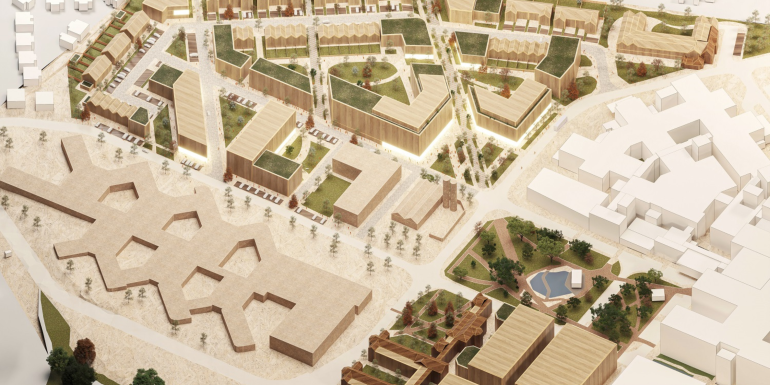Liz Emerson, Co-founder of the independent charitable think tank, the Intergenerational Foundation (IF), explains recent findings on why housing for older people and younger people are closely linked.
Mention the word “under-occupation” in the owner-occupied housing sector and too often you are met with howls of protest and accusations of ageism, but under-occupation is very much part of the current housing crisis in the UK today.
We all know that the nation needs to build 300,000 new homes each year, for the next decade, just to keep up with pent up demand. But, how we use our existing housing stock, and how we can use it more efficiently, in economist terms, also needs to be part of the discussion, and under-occupation must be part of that debate.
IF has been researching under-occupation for a decade. Back in 2011, we estimated that there were 25 million under-occupied bedrooms and 16 million under-occupied homes in England alone. In 2014, we identified that under-occupation was undermining new building with older generations consuming more space from the new homes being built. As our recent report, Stockpiling Space, makes plain, the COVID-19 pandemic has exacerbated under-occupation with 52% of owners now under-occupying. Housing assets and space are passing from renters to owners and from younger generations to older generations.
What COVID-19 has shown us is that there are now two housing nations. The first is older, well-housed, often well-off, with space to work and self-isolate. The second nation is younger and live in cramped flats or shared homes with little or no access to outside space. The first nation has been on a buying spree during the pandemic, purchasing more expensive properties with larger gardens, garden offices and more rooms. The second nation houses 1,000,000 children living in households with one bedroom less than the bedroom standard.
Access to space has become the new class and generational divide. In 2018 Greater London Assembly research revealed that households that owned their home outright occupied an average of 54 m2 per person. This compares to 36m2 for those with a mortgage, 29m2 for private renters and 27.5m2 or social housing tenants.
With £7.4 trillion tied up in our housing stock, and 5.5 million second homes, up 50% between 2011 and 2020, can we really blame younger generations for feeling resentful towards the 1 in 6 baby boomers who reported owning extra property?
We need to do more to encourage older generations to downsize and under-occupy less. That means providing the right homes in the right location, at the right price, with access to amenities and shops. We need a retirement housing industry that provides downsizing homes that a new generation of boomer buyers want to buy. Housing-with-care settings, which combine independent living with care and support when needed, are already proving an attractive option for many. We need a reform of council taxation so that smaller homes are not charged more than bigger homes, and single dwellers are not given discounts for under-occupying. We need effective local plans that include good downsizing options, including retirement villages and extra care housing. And finally, we need government interventions that disincentivise rather than fuel asset price increases in housing, that encourage downsizing through a carrot and nudge approach, be it stamp duty holidays, capital gains taxation or a combination of the two.





